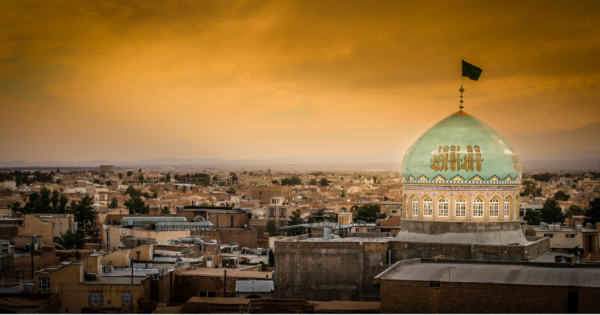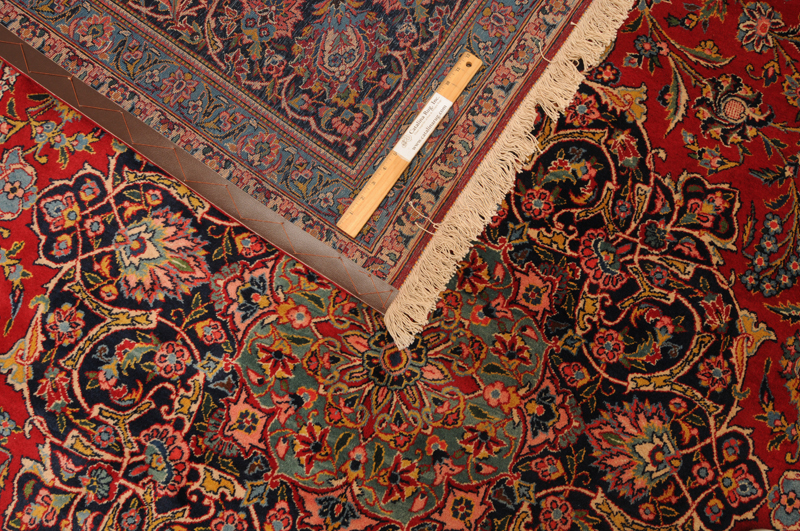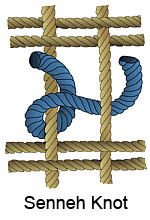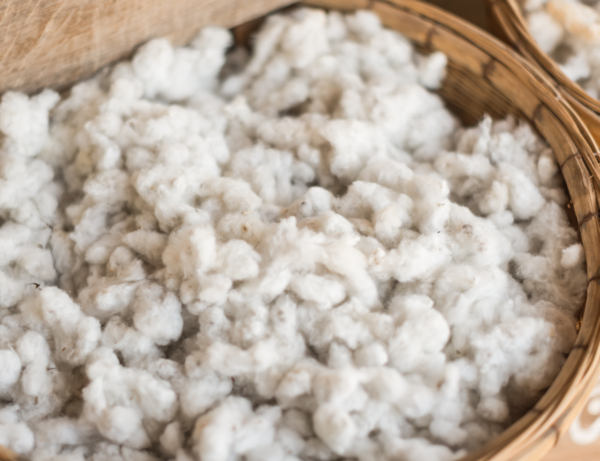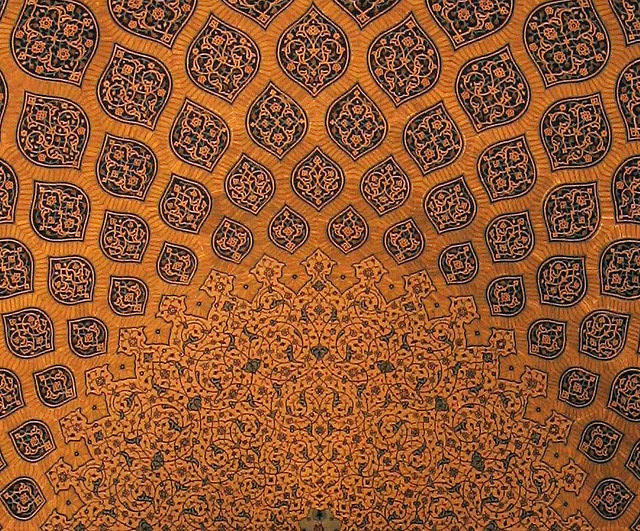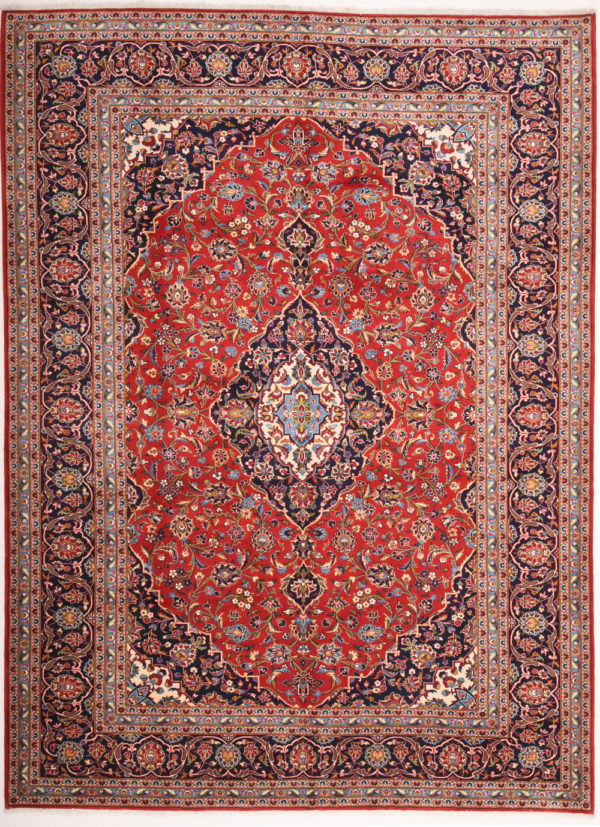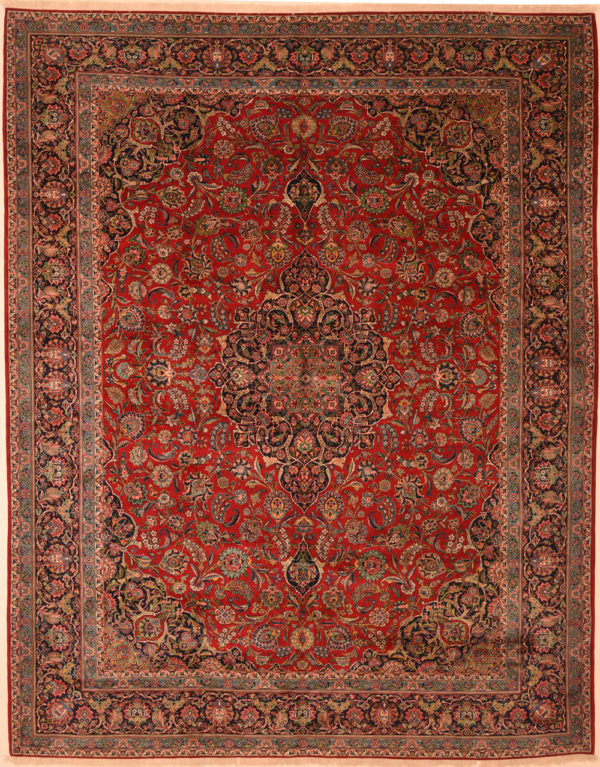Kashan
Kashan Rugs: A Tradition Handed Down Through The Generations
If you are looking for a rug that you can hand down to your next generation in prime condition, you should consider a Kashan rug. The materials and the weave used in their construction makes these rugs tough and durable and with minimum care, their beauty and quality will remain undiminished through generations.
Origins Of The Kashan Rug
The origin of the Kashan can be traced way back to the 17th century, although there are a few smaller silk pieces that scholars believe could have originated even earlier, sometime in the 16th century.
Kashan rugs were woven in Kashan, an ancient Iranian city. Located amidst desert on all sides, the scarcity of water meant the wool was hard, harsh and not suitable for weaving. All Kashan rugs are created using wool sourced either from Manchester or from Sabzevar.
Looking to the Koran for Inspiration
The design used in Kashan design is often called the Koran design or the book-cover design. This is because the field design as well as the design of the medallion was inspired by traditional Koran covers.
A typical rug will have a heavily patterned field that is covered in a series of flowers designed in a curvilinear form. This all over pattern is either interspersed with medallions in regular intervals or with one large central medallion and several smaller medallions placed around in varying patterns. The field is called the Shah Abbas field, after a 16th century Mughal emperor who was largely responsible for popularizing these rugs.
Construction of the Kashan
Kashan rugs have a 100% wool pile and the base is usually cotton. Weavers use a double-knotting technique called the Senneh knot. This hand-knotting technique is laborious and time consuming, made even more so because of the elaborate design. The finished rug is dense and heavier than most other rugs of the same size. The average weight of a Kashan measuring 7’ x 4’6” is about 10 kgs or 24 pounds.
When you look at different Kashan rugs you will find that the rugs are quite different in terms of technique, density and patterning. This is only to be expected as all rugs are created by different weavers. These differences do not detract from the beauty or the durability of the rug.
Maintaining Your Kashan Rug
Although a Kashan rug is built to last, you need to do your part to keep your rug looking good, especially if you are looking for a family heirloom that future generations would be proud to own.
Thoughtful placement so the rug is exposed to the direct sunlight will prevent fading and help preserve the beautiful rich colors.
Another factor to consider when placing a Kashan is to avoid high traffic areas and also to avoid placing heavy furniture over it as these tend to wear down the rug faster and ruin the beautiful finish.
As far as regular maintenance is concerned, a gentle weekly vacuuming will suffice.
